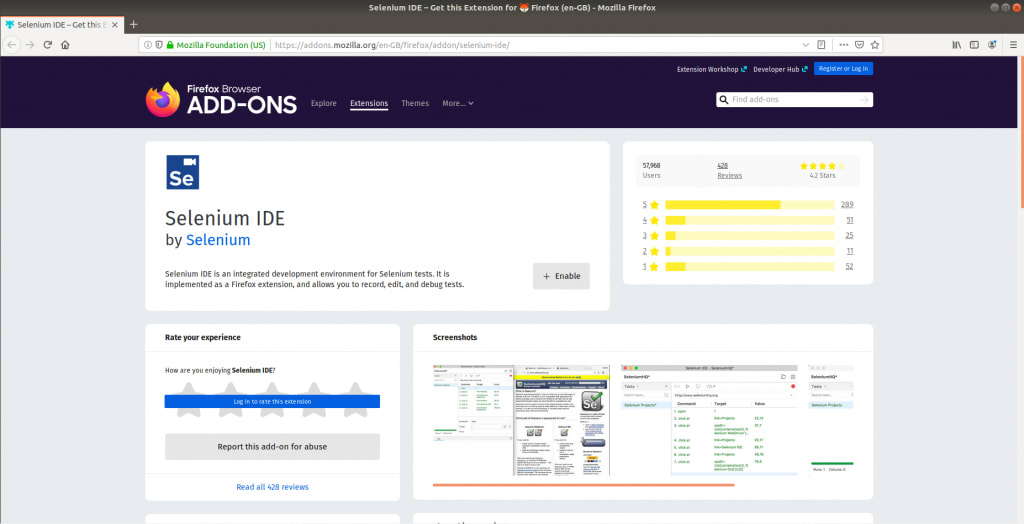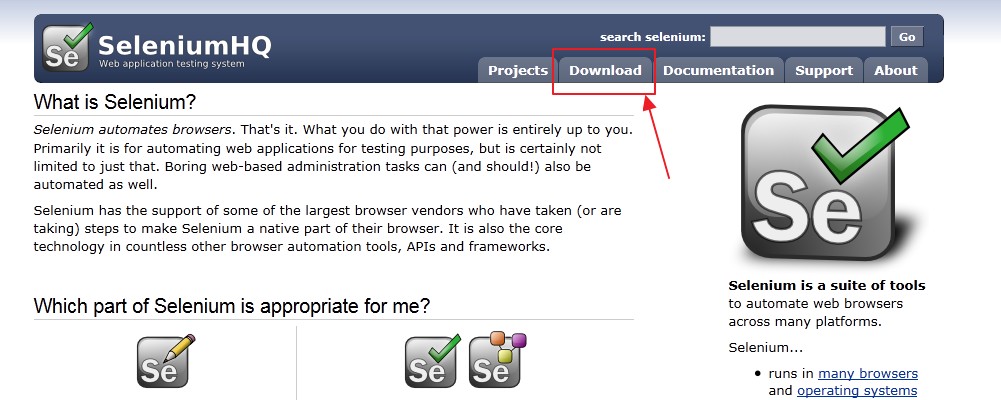

Java -jar /usr /lib /selenium /selenium-server-standalone.jar -port 4444 -trustAllSSLCertificates > /var /log /selenium /output.log 2 > /var /log /selenium /error.log & echo $! > /tmp /selenium.pidĮcho " $" Remove it if you only want to allow valid and verified SSL certificates. I added the -trustAllSSLCertificates option to accept self signed SSL certificates (for example in testing and staging environments). wget ln -s selenium-server-standalone-2.43.1.jar selenium-server-standalone.jar Replace the following link with the latest version. crontab -eĪdd the following line as first cronjob: sh -c 'Xvfb :99 -ac -screen 0 1024x768x8 > /tmp/xvfb.log 2>&1 &' Selenium is a Java application, so make sure Java is installed. An Ubuntu server doesn’t have a GUI in contrast to Ubuntu desktop, so we will also need to setup a virtual screen where firefox will run. This tutorial will show you how to install Selenium as a service on a Ubuntu 14.04 server. We should have an editor to write the Selenium scripts in Python. To update the existing version of Selenium, run the command: pip install –U selenium. As this is done, a folder called Selenium should get created within the Python folder. To install the Selenium bindings in our system, run the command: pip install selenium. To verify, Python has been installed, run the command: python -version. We have to configure the path of the Python folder along with the Scripts folder (generated within the Python folder) in the Environment variables.

Once the installation is completed, Python gets downloaded in the path −Ĭ:\Users\\AppData\Local\Programs\Python\Python Click on this file, and the Python installation landing page gets opened.


Once the download is completed, the Python executable file gets saved in our system. However, in Windows, we have to download Python from the link. In Linux or MacOS, Python is installed by default. We can install Selenium webdriver with Python with the following steps.


 0 kommentar(er)
0 kommentar(er)
